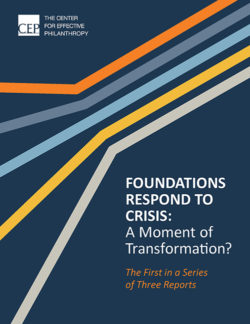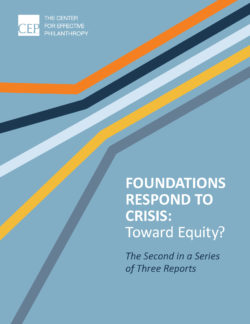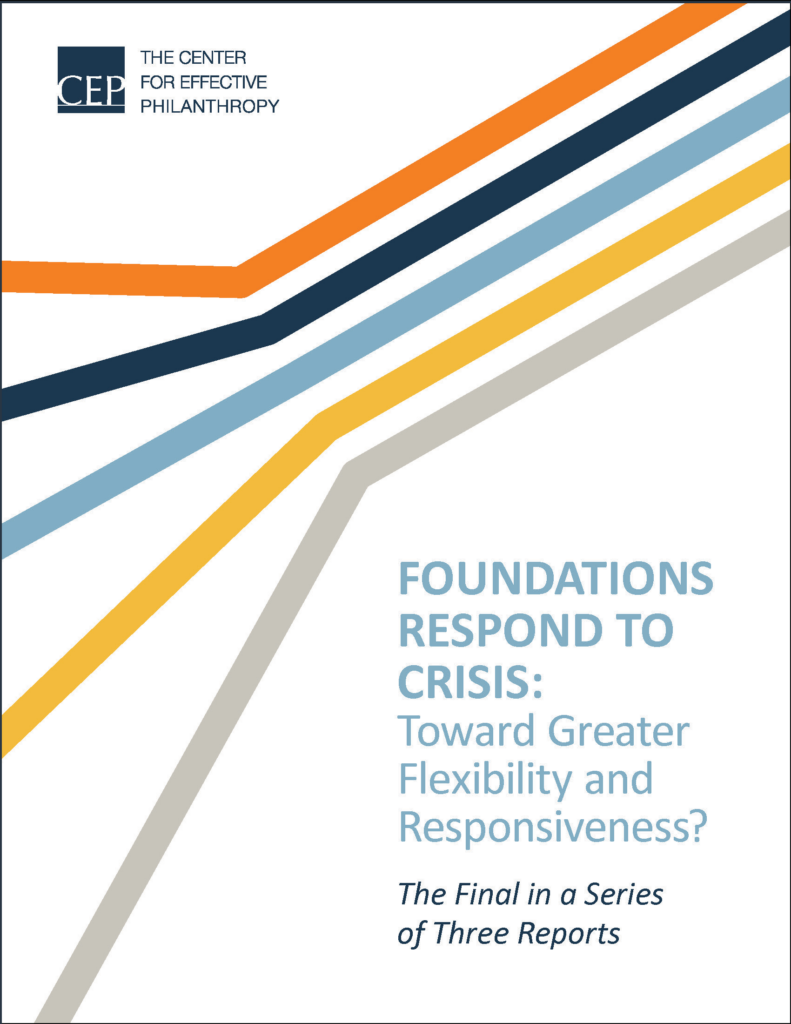


In early spring of 2020, as the COVID-19 pandemic worsened, foundations in the U.S. began to respond by shifting resources and practices. Some funders, nonprofits, and others in the field called for fundamental changes in how funders approach their work — including upping the provision of long-term, flexible funding; shifting the funder–grantee power dynamic; placing greater trust in nonprofits; and increasing foundation payout.
The pandemic has exacerbated long-standing structural inequities — especially in Black, Latino, Native American, low-income and working-class communities, and for people with disabilities. As such, foundations have also been called on to invest in communities hit hardest by the pandemic, and to integrate racial equity more comprehensively into their work.
Given these calls, what’s actually changing in foundations’ practices? And what does this mean for the future?
The Center for Effective Philanthropy (CEP) explored these questions through surveying and interviewing U.S. foundation leaders. This three-part research series, Foundations Respond to Crisis, shares what was learned.
Data collection instruments used to gather information for this report are available here.
For more information about CEP’s current Grantee Voice Panel, please click here.

A Moment of Transformation?
The crises of 2020 have catalyzed foundation leaders to reconsider their choices about how they conduct their work. They hope foundations will continue to build on the changes they are making rather than return to ways of the past.

Toward Equity?
Almost all foundations reported placing new, or more, focus on supporting Black, Latino, and lower-income communities. Most foundation leaders say they are reckoning with racism and paying greater attention to racial equity in their work. Significant opportunities for further progress remain, however, and time will tell how deep or sustained this new focus will be

Toward Greater Flexibility and Responsiveness?
Foundations are being more flexible and responsive. They are loosening grant restrictions, providing more unrestricted funding, and reducing what they ask of grantees. Many plan to continue these practices in the future, though to a lesser degree than during their pandemic response.


